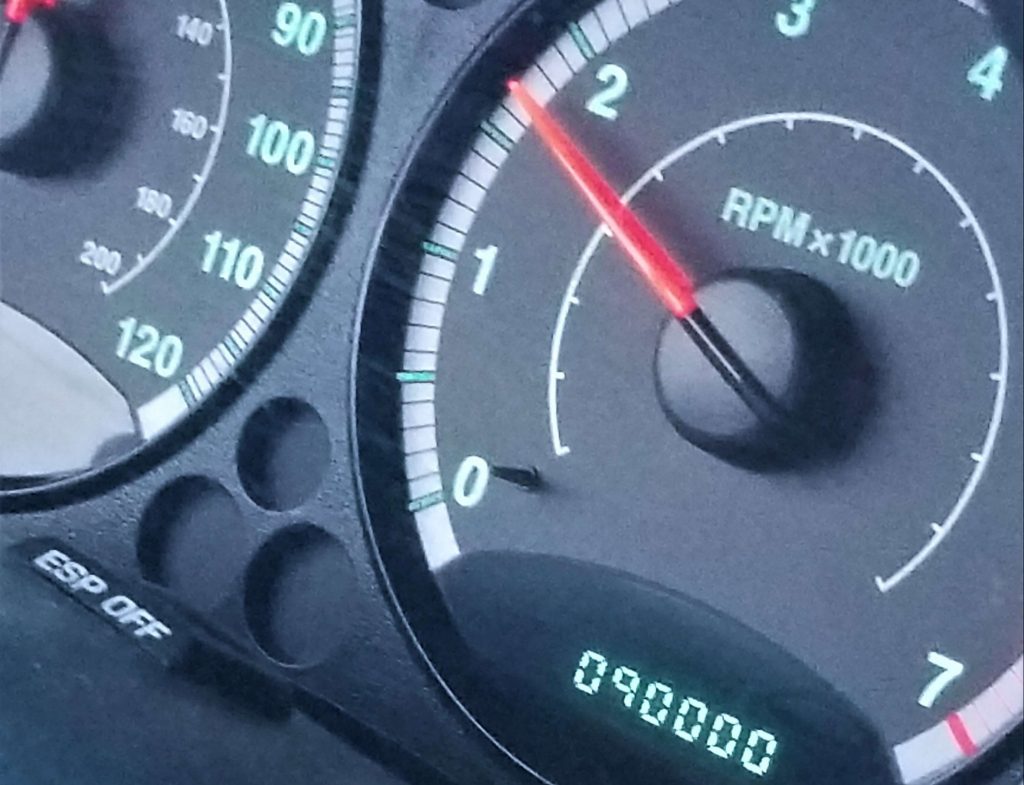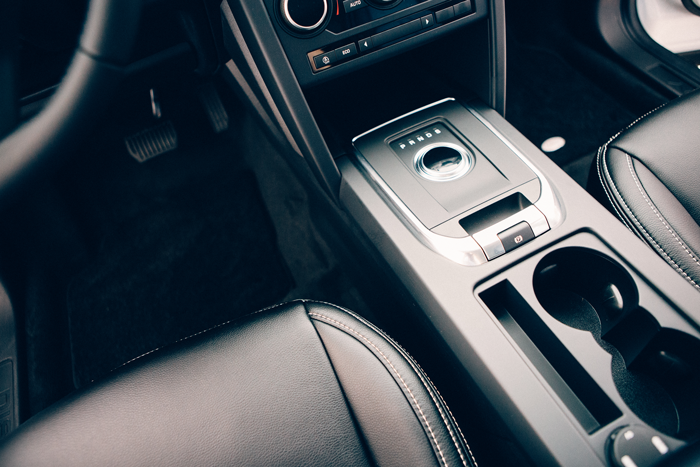
People often wonder, “how much should I sell my car for?” Determining how much to sell your car for can be a challenge, but setting an appropriate price is crucial to attract potential buyers and ensure a fair deal for both parties.

Start by researching the current market value of similar vehicles. Online platforms, such as classified ads and car selling websites, can provide valuable insights into the average prices of comparable models.

Be honest and objective when assessing your car’s condition. Consider factors such as mechanical performance, maintenance history, exterior and interior appearance, and the presence of any modifications or additional accessories. Remember that potential buyers will likely conduct their own inspections, so an accurate evaluation is essential.

The mileage on your car plays a significant role in determining its value. Higher mileage generally translates to more wear and tear, potentially affecting the car’s longevity and performance. Compare the mileage of your vehicle with similar models to gauge its relative value. Lower mileage may warrant a higher asking price, while higher mileage may require a more competitive price.
Wear and Tear: The mileage of a car is a good indicator of the wear and tear it has undergone. Higher mileage generally implies that the car has been driven more, which can result in increased mechanical and cosmetic wear.
Longevity and Reliability: Lower mileage cars are often perceived as having a longer remaining lifespan. Buyers may prefer vehicles with lower mileage as they expect them to be less prone to major mechanical issues in the near future.
Resale Value: Generally, cars with lower mileage tend to retain their value better, while those with higher mileage experience more significant depreciation. Buyers are often willing to pay a premium for vehicles with lower mileage as they offer a longer period of use before reaching higher mileage thresholds that may impact resale value.
Market Demand: Some buyers specifically seek out low mileage vehicles, especially for models known for their durability and reliability. Conversely, certain market segments may be more accepting of higher mileage vehicles if they prioritize affordability over low mileage.
Cost of Ownership: Higher mileage cars may have reduced fuel efficiency due to increased engine wear. Additionally, as a car accumulates more mileage, it may require more frequent maintenance, repairs, and component replacements, increasing the overall cost of ownership.

If the model you are selling is in high demand, you may have more leverage to set a higher price. Conversely, if the market is flooded with similar vehicles, you may need to be more competitive with your pricing to attract potential buyers.
Check out Carmigo’s Used Car Market Watch on Youtube to keep up with the latest market trends.

Cars generally depreciate over time, with newer models losing value at a faster rate. Online tools, such as depreciation calculators, can provide estimates of your car’s current value based on its original purchase price and age.
Keeping a record of your car’s maintenance and service history can enhance its value in the eyes of potential buyers. A well-documented history demonstrates that the car has been well-maintained, reducing concerns about future repairs. Highlight any major repairs or recent maintenance that can positively influence the asking price.

Features such as a premium sound system, leather seats, navigation systems, or safety enhancements can justify a higher asking price. However, keep in mind that personal preferences may vary, and not all upgrades will significantly increase the value.

While it’s natural to want to get the most money possible for your car, it’s crucial to be realistic about its value. Setting an inflated price may discourage potential buyers and prolong the selling process. Consider setting a competitive price that reflects the market value, condition, and other relevant factors. Additionally, be open to negotiation and willing to adjust your price if necessary.
If you want to get multiple offers for your vehicle in one just day, Carmigo can help you with that. Carmigo eliminates the need to haggle with dealerships or strangers on the internet. Plus, you can set your asking price once you’ve determined a fair value for your vehicle. If Carmigo’s marketplace does not meet or beat that price, you have no obligation to sell and you pay nothing.